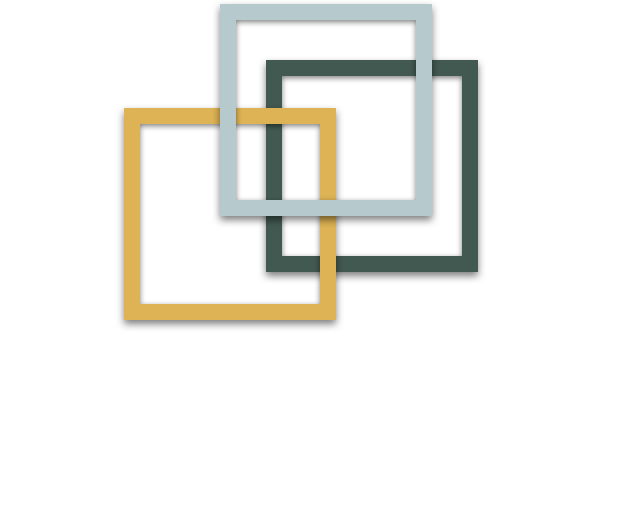The Amherstburg Community Foundation (ACF) heard from world-renowned urbanist Gil Penalosa in August and debated some of his ideas last week. The second of the ACF’s “Thought Leaders” speaker series was held last Tuesday night at the Libro Centre with Cherise Burda of the Ryerson City Builders Institute moderating a panel discussion with seven of Penelosa’s ideas highlighted. Panelists included author and community advocate Shawn Micallef, urban planner Amy Farkas and town councillors Don McArthur and Michael Prue.
The discussion was titled “Does Amherstburg Aspire to be the Best? Or is it happy with the status quo?”
On the topic of bicycle and pedestrian lanes and the protection thereof, Burda noted Penelosa’s belief that Sandwich St. is wide enough to accommodate bicycle lanes. McArthur stated the biggest thing for him is connectivity to the Cypher Systems Greenway, noting that the proposed Alma St. bike is a non-protected bike lane, but CWATS is picking up a portion of the costs.
“When you get to Alma St., it’s a death trap,” he said.
McArthur believed there is tourism potential to having more cycling and walking trails, with Prue not only calling for trails but to separate the cyclists from the walkers.
“I don’t believe bicycles belong on the sidewalk unless it’s little kids,” said Prue.
Farkas added that infrastructure has to be created so that people want to use it, noting her belief that Essex is doing a great job with its trails.
On the subject of speed limits, Farkas said roads are designed to move cars and not people and that speed limits could be reduced. She believed streets can be designed for safety and not just for moving traffic.
A common complaint that council members receive is regarding speeding, said McArthur, who indicated he wouldn’t mind reducing speeds on residential streets as long as the residents were on board. He noted residents in other municipalities have used mechanisms like online petitions and signage to reduce speeding in their areas as “police can’t be everywhere all the time.”
Prue believed the priority for speed reductions is the downtown core and where older people live.
“Part of the failings of Amherstburg in the past is they didn’t insist on sidewalks,” he said, using Boblo Island as an example.
Burda also questioned the panel about “investing in the public realm” with such things as park benches and similar items. That could help people “slow down” and hang out longer in neighbourhoods.
“A public realm attracts people when done properly,” said Micallef.
When improvements are made in a business area, more things can get accomplished, he believed. Micallef said the town has done well with the care and maintenance of King’s Navy Yard Park but said Sandwich St. S. is “awful” as “the road is so fast. Slow it down a little bit.”
Regarding the latter, Micallef said that is not just an Amherstburg critique as main streets are like that in a lot of municipalities. Presenting nice public spaces to people, he believed, will make people “want to hang out there.”
Expanding public realm in the core “one street at a time,” was also suggested by Micallef.
Having welcoming infrastructure and expanding pathways was suggested by Farkas, with McArthur stating he was in favour of “quick wins” and suggested linear parks, public art and pop-up art around the community.
Penelosa’s belief there is an abundance of parking downtown led Prue to state that local shops still rely on local traffic, adding “there is some real good vitality” in Amherstburg. He was critical of towns like Amherstburg that “welcomed in Walmart” as he believed that takes away from smaller shops in the downtown area.
“On weekends, it needs to be a people place,” he said, suggesting that Dalhousie St. be shut down to vehicles from Fort Malden National Historic Site to Royal Canadian Legion Br. 157. “That will bring people to the downtown core.”
Prue added: “The finest places I can remember have had pedestrian malls down the main road. That’s where I want to go.”
Amherstburg is in a unique position with its historic core and could be a great spot for weekend trips, though added it could take a while for the open streets concept to catch on.
Farkas noted that public reaction to the “Open Streets” in Windsor has been met with positive reaction. She believed a “smaller scale” street closure using Dalhousie St. could work.
Ron Giofu - River Town Times - Wednesday September 25, 2019

